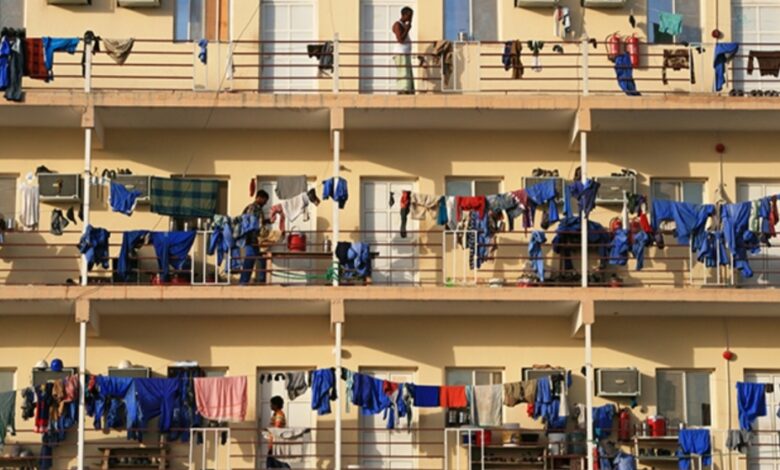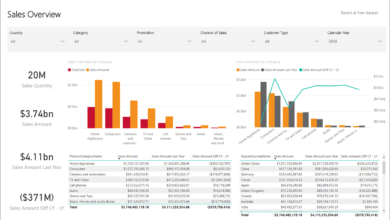Unveiling the Potential of Modular Buildings for Workers’ Accommodation

An innovative method of building, modular structures are becoming more and more well-liked in a variety of sectors. Employee housing, often known as workers accommodation, is one of the many uses that benefit greatly from their adaptability and affordability. In this extensive manual, we explore the top 12 advantages of using modular construction for employee accommodation.
1. Speedy Construction
The quick construction process of these buildings is one of their main benefits. In contrast to conventional building techniques, which take many months to finish, the majority of the work for modular constructions is completed off-site in factories. By using this strategy, it takes much less time to set up the lodging facilities, giving employees a comfortable area to stay quickly. Think of having a finished, functional structure in a matter of weeks rather than months. Construction speed is especially advantageous in sectors where workers’ accommodation must be deployed quickly and projects must be completed on schedule.
2. Cost-Effective
Modular buildings are a breath of fresh air at a time when companies are constantly searching for methods to reduce expenses without sacrificing quality. Because the production in factories reduces the need for specialized labour on site, they are relatively less expensive than conventional buildings. These savings can be applied to welfare programs, training efforts, or even pay raises in order to enhance other facets of the employee experience. Therefore, modular structures enable resource allocation in areas that directly affect worker satisfaction and productivity in addition to saving money.
3. Flexibility
The unparalleled flexibility of modular architecture is yet another appealing characteristic. They can be rearranged, enlarged, or shrunk to fit the needs. This flexibility comes especially handy in sectors like construction, oil and gas, and event management where employee housing requirements are erratic. For example, modular buildings can be readily built to accommodate an additional workforce for a project that calls for extra personnel for a set amount of time. They can be taken out or put to better use as the necessity passes.
4. Durability
These buildings are extremely robust despite being lightweight and moveable. They’re perfect for long-term usage as staff housing because they’re made to withstand rough weather and transportation. These constructions are just as sturdy as conventionally constructed buildings. Their design fortifies them against wind, rain, snow, and even seismic activity. Because of their durability and longevity, modular structures are a reliable option for housing employees in seismically active or storm-prone areas.
5. Customizable
Regarding employee accommodation, a one-size-fits-all strategy is ineffective. Needs vary among industries, and even within an industry, project, location, and workforce can all have an impact. Because they may be customized to meet unique needs, modular buildings provide an answer to this problem. It is entirely up to you how your staff quarters are designed and arranged, including individual rooms, common areas, kitchens, baths, and specialty features like fitness centres or recreation areas.
6. Environmentally Friendly
Modular buildings perform well in the modern environment when sustainability is not just a catchphrase but also a must. Comparing the production process of modular structures to traditional construction, less trash is produced.
The major elements of these structures are constructed with sustainable materials, including:
- Energy-efficient lighting
- Solar Panels
- Insulation
This leads to significant savings in energy expenses and a reduction of the carbon footprint.
7. High-Quality Standards
Strict quality control procedures and controlled settings are used throughout the construction of modular structures. This guarantees excellent construction that satisfies or even beyond conventional building requirements, giving workers a cozy and secure place to live. Every component of the building is made with accuracy and consistency in the regulated manufacturing environment, guaranteeing that there are no errors or problems.
8. Less Disruption
There is not much disruption to the working environment because the majority of the construction is done off-site. By doing this, the staff lodging facilities are set up and operations run smoothly. Modular building is a quiet operation that doesn’t interfere with the regular schedules of the current workforce, in contrast to traditional construction, which is characterized by noise, dust, and general disruption.
9. Easy Maintenance
These buildings are extremely easy to maintain because of their design and material selection. This can lower the recurring expenses for maintenance and repairs, which makes them an excellent option for staff housing. They are made to be easily cleaned, and small repairs can be completed without the need for expert assistance. This lessens the inconvenience that maintenance procedures cause in addition to saving time.
10. Improved Worker Morale
Employee morale can be greatly increased by offering cozy, contemporary living accommodations. Additionally helpful in drawing and keeping the best staff in the business is first-rate worker housing. Knowing that their company is concerned about their comfort and well-being makes employees more likely to be content and productive at work.
11. Health and Safety Compliance
Worker safety is a top priority, and modular structures are made with this in mind. They are built in accordance with health and safety requirements, giving your employees a safe and healthy living environment. Every safety feature in these buildings is considered, including ventilation systems, emergency exits, and fire-resistant materials.
12. Scalability
Your business will require additional space as it expands. Because modular buildings are scalable, you can add more units as needed to effectively accommodate your workforce’s expanding needs. This protects your investment from the future and establishes it as a sustainable long-term employee housing alternative.
In conclusion, using modular construction for workers’ accommodation has many advantages. They offer a useful, affordable, and adaptable solution that not only satisfies the demands of your workers but also improves your financial position. For your employee accommodation needs, it’s time to embrace the modular revolution and reconsider conventional construction techniques.



